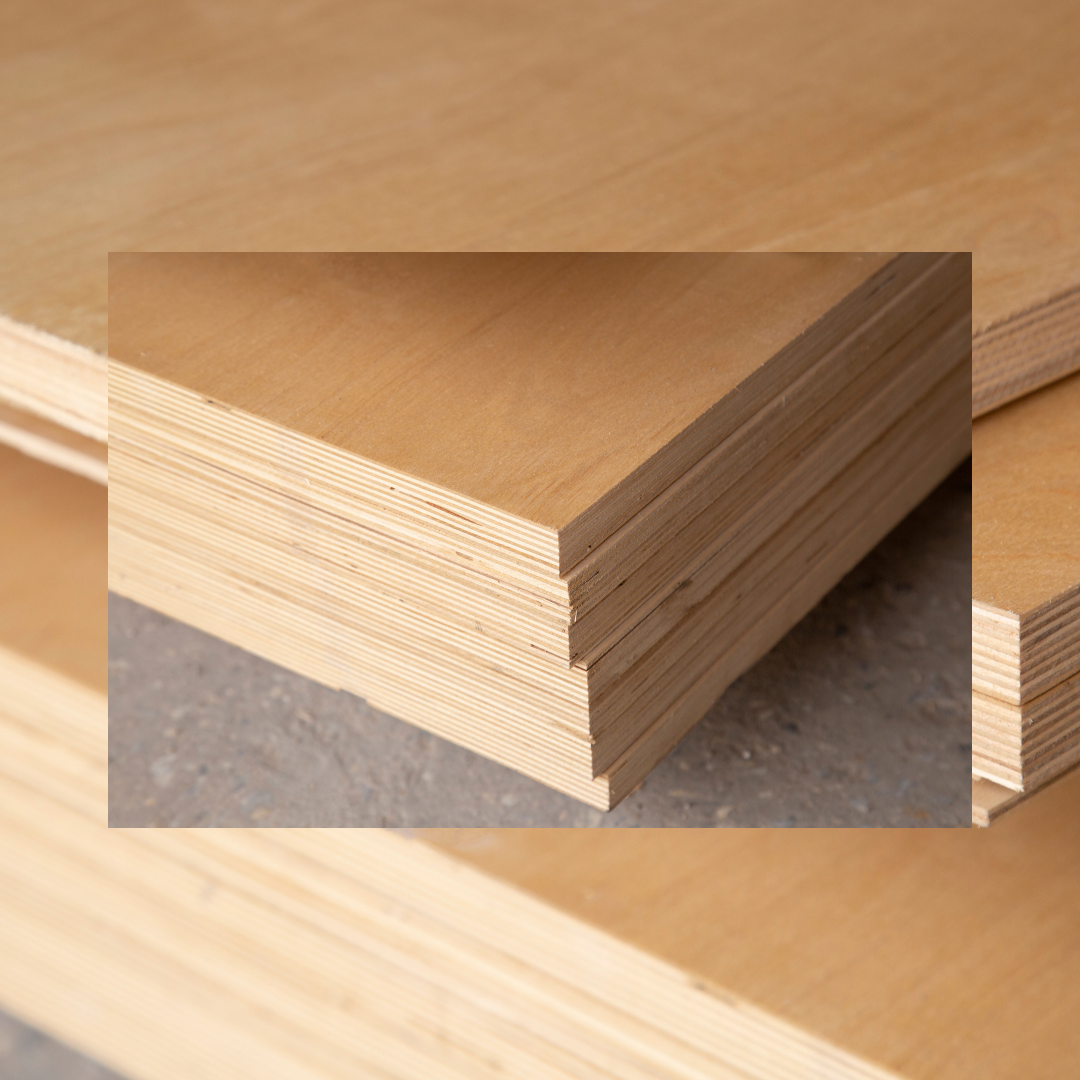Plywood is a versatile building material widely used in construction, furniture making, and many other applications. Its invention marked a significant advancement in the way we utilize wood, offering strength, flexibility, and efficiency. But when exactly was plywood invented, and how has it evolved over the years? In this article, we delve into the history of plywood, tracing its origins and development through time.
The Early Beginnings: Ancient Egypt and China
The concept of layering wood veneers to create a stronger material can be traced back to ancient civilizations. The earliest known use of this technique dates back to around 3500 BC in Egypt. Archaeological evidence suggests that the ancient Egyptians glued thin layers of wood together to create coffins and furniture. Similarly, in ancient China, craftsmen used thin layers of wood to manufacture furniture and musical instruments as early as 1500 BC.
The 19th Century: The Birth of Modern Plywood
While ancient methods laid the groundwork, modern plywood as we know it today was invented in the 19th century. The significant breakthrough came in 1797 when Samuel Bentham, a British naval engineer, patented a method for laminating layers of veneer together. Bentham’s method involved using multiple layers of wood bonded with adhesives, significantly improving the material's strength and durability.
Despite Bentham's innovation, it wasn't until the mid-1800s that plywood began to gain commercial traction. In 1865, John K. Mayo of New York patented a rotary lathe, which could efficiently peel thin layers of wood from logs. This invention made it possible to produce large quantities of veneer quickly and economically, setting the stage for plywood's widespread use.
The 20th Century: Plywood's Rise to Prominence
The early 20th century saw significant advancements in plywood manufacturing, making it a staple in the construction and furniture industries. In 1905, the first commercial plywood plant opened in Portland, Oregon, signaling the beginning of plywood's mass production. This period also saw the introduction of waterproof adhesives, which further enhanced plywood's versatility and durability.
During World War II, plywood's demand surged due to its use in military applications, including aircraft construction and barracks. Its lightweight, strong, and flexible nature made it an ideal material for various wartime needs. Post-war, plywood became increasingly popular in residential construction, furniture, and even in the emerging field of do-it-yourself (DIY) projects.
The Modern Era: Innovations and Applications
Today, plywood continues to evolve with advancements in technology and manufacturing processes. Modern plywood is made from a variety of wood species and is available in numerous grades and types, each designed for specific applications. Innovations such as engineered wood products, including oriented strand board (OSB) and medium-density fiberboard (MDF), have expanded the possibilities for plywood in construction and design.
Environmental considerations have also influenced the plywood industry, leading to the development of more sustainable and eco-friendly products. Manufacturers now offer plywood made from sustainably harvested wood and use adhesives that emit lower levels of formaldehyde, addressing health and environmental concerns.
Conclusion
From its ancient roots in Egypt and China to its modern-day applications, the invention and evolution of plywood have had a profound impact on the way we build and create. The journey of plywood from a simple concept to a sophisticated building material showcases human ingenuity and the continuous quest for better and more efficient construction methods. As technology and environmental awareness continue to advance, plywood is poised to remain a crucial component of the building industry for years to come.






Comments